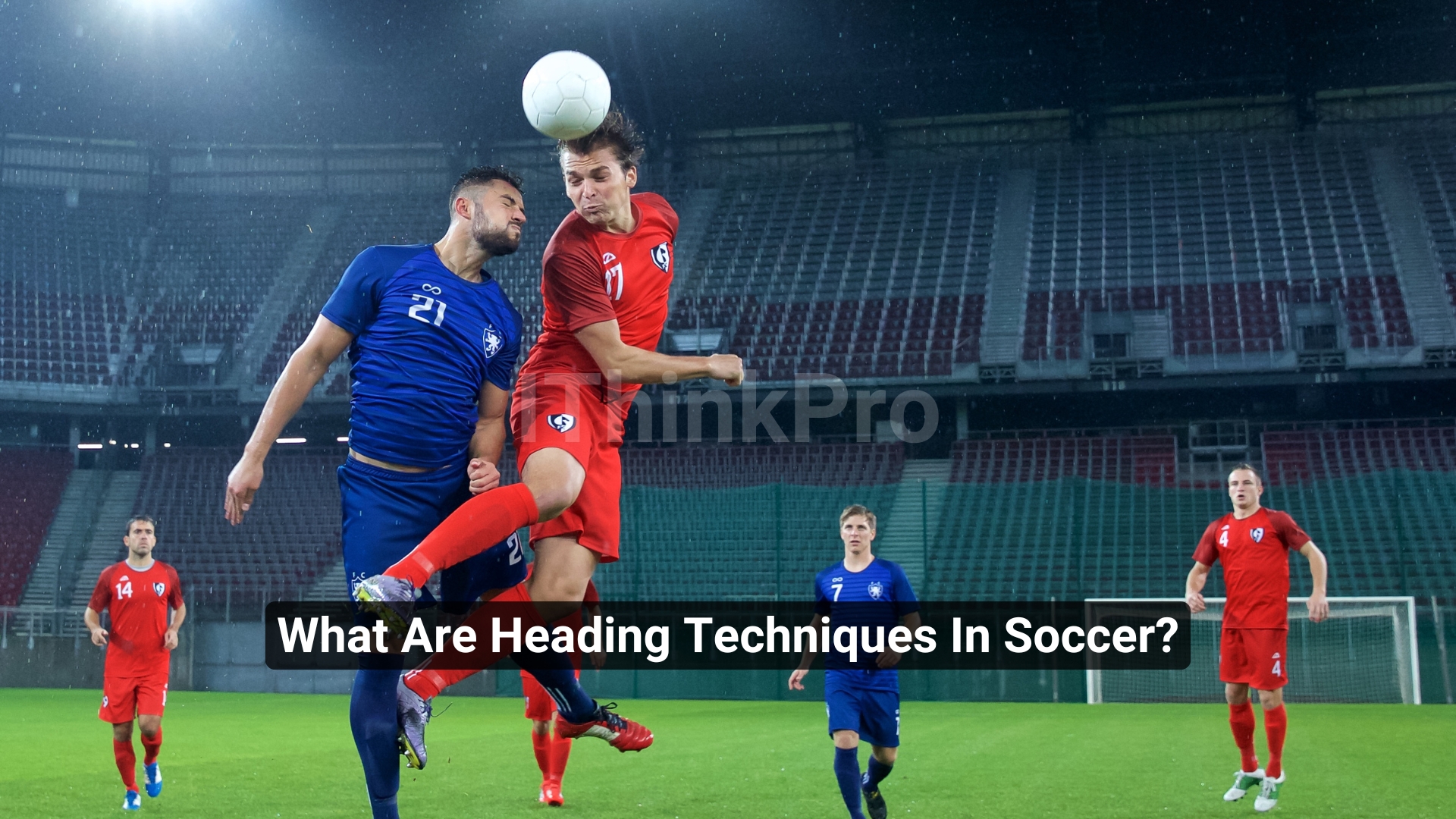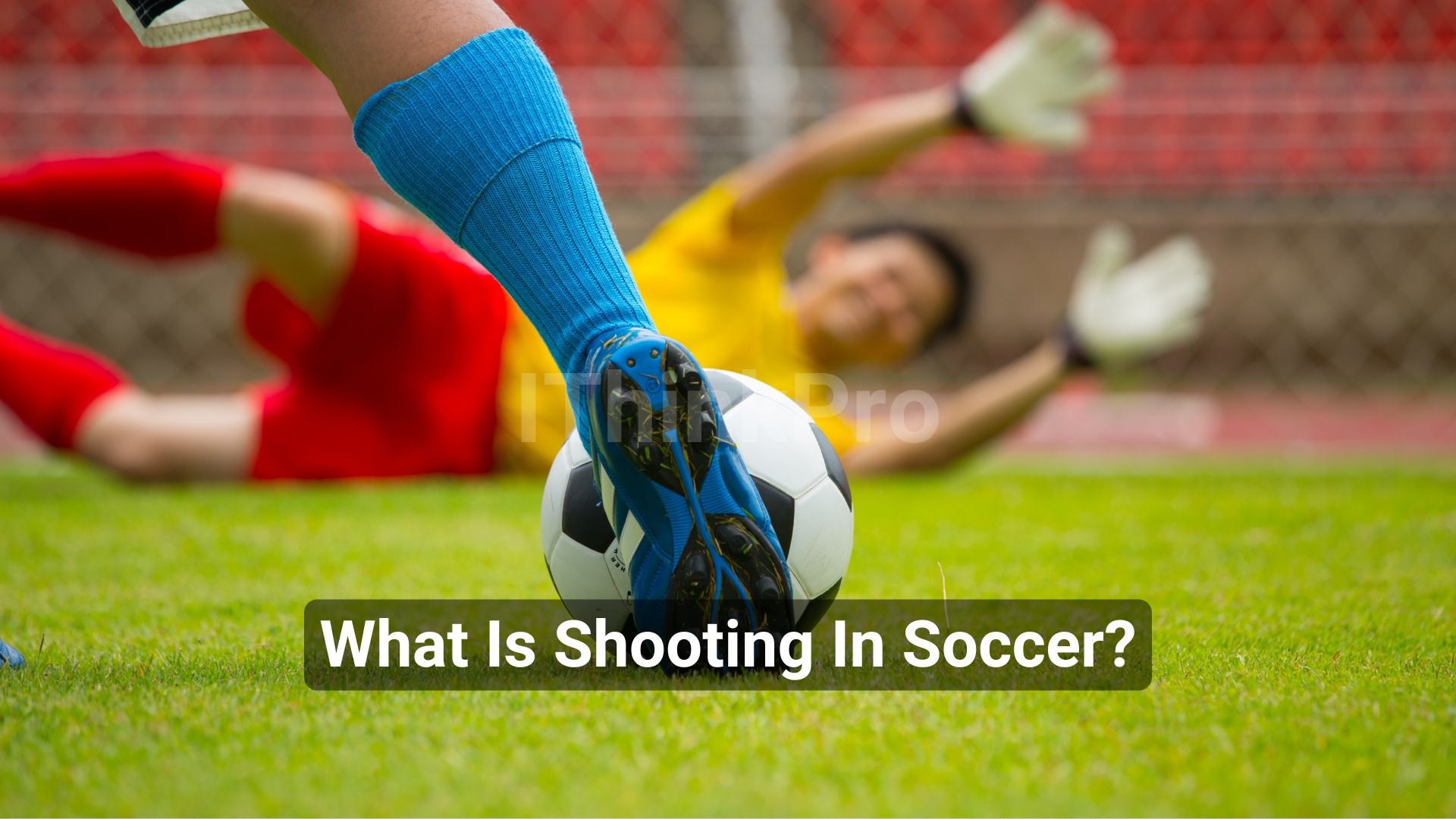Introduction
Hello Champ!
Mastering soccer requires a strong foundation in essential skills. Without the right abilities, players may struggle with effective ball control, passing, and overall game strategy. Beginners often feel overwhelmed trying to learn everything at once, which can make it challenging to improve and enjoy the game fully.
Developing a solid understanding of basic soccer skills is the key to success on the field. By focusing on fundamental techniques like dribbling, ball control, and passing accuracy, players can build confidence and enhance their performance. With consistent practice, these skills become second nature, allowing players to adapt to different game scenarios and progress to advanced techniques.
In this article, we’ll dive into the question, “What are the basic soccer skills?” You’ll discover the foundational skills every player needs, from defensive positioning to goal-scoring techniques, and learn how these abilities can elevate your game. Ready to take your soccer skills to the next level? Let’s get started!
Understanding the Core Soccer Skills
Why Basic Soccer Skills Matter for All Players
Whether you’re just starting or already competing, basic soccer skills form the foundation of your game. These essential abilities – from dribbling to passing accuracy – provide the control, confidence, and strategic awareness needed to play effectively. Basic skills empower you to perform consistently under pressure, allowing you to handle the ball smoothly and make decisive plays, which ultimately leads to a greater impact on the field.
How Foundational Skills Support Advanced Play
Mastering foundational skills allows players to naturally progress to more complex maneuvers and tactics. For instance, once you have control over your dribbling and passing, you can start learning advanced tricks, improve your field awareness, and execute plays more fluidly. With a strong base, these advanced techniques feel less intimidating and more achievable, creating a pathway for growth as you evolve in the sport.
Essential Ball Control Skills
Dribbling Techniques for Effective Ball Movement
Dribbling is a primary skill for maneuvering the ball across the field while maintaining control. Key dribbling techniques include close control dribbling – keeping the ball close to your feet to shield it from defenders – and speed dribbling, where you move quickly to outpace opponents. Practicing agility drills can help refine these techniques, enhancing your control even in tight spaces or high-pressure situations.
Improving Your First Touch for Better Ball Retention
A strong first touch is crucial for retaining ball possession and making quick decisions. Focus on exercises that emphasize ball control with various parts of your foot. Start with simple passes, ensuring you cushion the ball upon contact, and advance to handling higher-speed passes. Effective first touches allow you to set up passes, shots, or moves with greater ease and precision.
Ball Trapping Skills for Quick Control
Ball trapping helps you gain instant control when receiving the ball from a pass or high trajectory. You can trap the ball using different body parts, including your feet, thighs, and chest. Practicing ball trapping skills develops your ball handling and prepares you to set up the next move quickly, maintaining your team’s rhythm and flow during gameplay.
Mastering Passing Techniques
Short Passes vs. Long Passes: When and How to Use Them
Passing is vital in soccer, with short and long passes each serving a unique purpose. Short passes are ideal for maintaining close possession within a small area, while long passes help switch play across the field or reach a teammate further up. Understanding when to use each type and practicing both techniques will make you a more versatile player, improving team coordination and field coverage.
Building Accuracy with Passing Drills
Improving passing accuracy requires focused drills. Practice wall passes, where you kick the ball against a wall control the rebound, and engage in partner drills to develop precision under varying conditions. Repetition of these drills strengthens your muscle memory, ensuring accurate passes during high-stakes moments.
Cross-Passing for Greater Field Coverage
Cross-passing is a technique that allows you to move the ball laterally or diagonally across the field, often setting up teammates in advantageous positions. By incorporating cross-passing into your play, you can break through defensive lines and open up space for your team. Focus on perfecting your technique by aiming for specific targets, such as cones or zones on the field, to improve consistency.
Developing Defensive Skills
Key Defensive Positioning Tips
Good defensive positioning starts with understanding the opponent’s moves and anticipating their next steps. Staying low and balanced helps you respond swiftly to changes in direction while keeping your eyes on the ball and reading your opponent’s body language will help you gauge their intention. Practicing defensive positioning drills will enhance your ability to disrupt plays and regain possession.
Tackling Techniques to Safely Win the Ball
Tackling is a fundamental defensive skill that requires timing and precision. Standing tackles allow you to block the ball directly, while slide tackles are effective for intercepting passes or dispossessing an opponent from behind. Always focus on making clean tackles to avoid fouls and practice with teammates to develop your timing, reaction speed, and technique.
Improving Reaction Time for Defensive Plays
Quick reactions are essential in defense, where milliseconds can make a difference in regaining control or losing possession. Reaction drills, such as mirror exercises with a partner, help boost reflexes. Agility drills also improve your response time, preparing you to react effectively to fast-paced game dynamics and surprise movements from opponents.
Sharpening Shooting and Goal-Scoring Skills
Shooting with Accuracy and Power
Accurate and powerful shooting requires proper technique and body mechanics. Practice using both the inside of your foot for accuracy and the inside for power. Aiming low and towards the corners of the goal increases your chances of scoring. Repeated drills with different shot angles help build muscle memory, allowing you to make precise shots even under pressure.
Proper Foot Placement for Effective Shots
Foot placement is crucial when shooting. Position your non-kicking foot beside the ball and keep your head down to ensure accuracy. Experiment with foot placement for different types of shots, such as curling or driven shots, to see how slight adjustments impact power and precision. This skill helps you control the ball and keep your shots on target.
Improving Shot Selection in Different Game Situations
Choosing the right shot type depends on your position and the scenario. In a close-range opportunity, a finesse shot may be more effective, while a power shot might be necessary from further away. Developing shot selection awareness lets you adjust your approach in real time, increasing your chances of finding the back of the net.
Building Physical Fitness and Agility
Speed and Endurance Training for Soccer
Soccer demands high levels of speed and endurance, so training to improve both is essential. Sprint drills help you increase explosive power, while longer running sessions build stamina for consistent performance. Incorporating both types of training into your routine keeps you fast and resilient, especially during the final minutes of a game.
Agility Drills to Enhance Movement and Balance
Agility is a core component of soccer, impacting everything from quick turns to stability during tackles. Cone drills, ladder drills, and side-to-side shuffles are great for developing agility. Working on your balance also aids in injury prevention, helping you stay nimble and responsive to changes in play.
Stamina-Building Exercises for Consistent Performance
Soccer players need sustained energy to maintain intensity throughout the match. Focus on stamina-building exercises like interval training and circuits to improve your endurance. When your stamina is strong, you can perform well in both the early and later stages of the game, maintaining focus and strength when it counts most.
Enhancing Positional Awareness and Strategy
Understanding Your Role in the Field
Positional awareness allows you to play in sync with your teammates, supporting defensive and offensive plays effectively. Each position has unique responsibilities, so learn the expectations and movements required for your role. Whether you’re a forward, midfielder, defender, or goalkeeper, mastering your role helps you contribute strategically to team success.
Developing Field Awareness for Smarter Plays
Field awareness involves knowing where you and your teammates are positioned. Practicing spatial recognition drills can help you sharpen this skill, improving your ability to identify passing lanes and open spaces. Strong field awareness ensures better decision-making, allowing you to take advantage of opportunities on the field.
Communicating with Teammates for Coordinated Efforts
Effective communication is key to a successful soccer game, as it keeps everyone on the same page. Whether calling for passes, directing teammates, or warning of approaching opponents, good communication helps you stay organized. Practice verbal cues with your team to build a cohesive approach that leads to more fluid and successful plays.
Key Goalkeeping Skills (If Applicable)
Basic Positioning and Stance for Goalkeepers
Goalkeeping requires unique skills, starting with a solid stance and proper positioning. Standing slightly on the balls of your feet with a balanced, ready stance allows you to react quickly. Practice positioning drills to help you understand how best to cover your goal based on different angles and distances.
Improving Reflexes and Hand-Eye Coordination
Reflexes and hand-eye coordination are essential for blocking shots and making saves. Drills like ball reaction exercises and reaction wall drills enhance these skills, helping you improve response time and accuracy in deflecting shots. Consistent practice will sharpen your reflexes and make it easier to keep the ball out of the net.
Shot-Stopping and Diving Techniques
Shot-stopping and diving are fundamental goalkeeping techniques that can mean the difference between conceding and saving a goal. Practice proper diving techniques to improve distance and control when reaching for shots. Shot-stopping drills, including both high and low shots, will build your ability to cover all areas of the goal effectively.
Conclusion
In conclusion, mastering the basic soccer skills lays a strong foundation for any player looking to excel on the field. By focusing on essential skills like ball control, precise passing, defensive positioning, and accurate shooting, players can enhance their confidence and game performance. Physical fitness, agility, and tactical awareness further add to a well-rounded skill set that supports growth in the sport. With consistent practice, players can build these core abilities, progressing toward advanced techniques and strategies over time.
Whether you’re a beginner or refining your skills, remember that each of these foundational aspects brings you closer to being a more skilled and impactful player. Keep practicing, stay dedicated, and see how these essential skills elevate your game!
Share this blog with others and feel free to explore our website for more helpful information about soccer and other sports-related topics!
FAQs
Q1. What are the most important basic soccer skills for beginners?
Dribbling, passing, shooting, and ball control are key skills for beginners. These form the foundation for effective play, helping players handle the ball confidently and contribute to the game.
Q2. How can I improve my ball control in soccer?
Practice drills focusing on first touch, dribbling, and trapping. Consistent practice with different parts of your foot will help you control the ball more effectively during games.
Q3. Why is passing accuracy essential in soccer?
Accurate passing keeps the ball moving within your team, creating scoring opportunities. It also minimizes turnovers, helping your team maintain possession and control the game.
Q4. What exercises can build my agility for soccer?
Agility ladders, cone drills, and quick footwork exercises improve your agility. These drills enhance balance and reaction time, which are critical for effective movement on the field.
Q5. How does defensive positioning impact my game?
Good defensive positioning helps you anticipate opponents’ moves, block passing lanes, and win the ball back for your team. It’s crucial for maintaining a strong defense and stopping the other team’s attacks.











